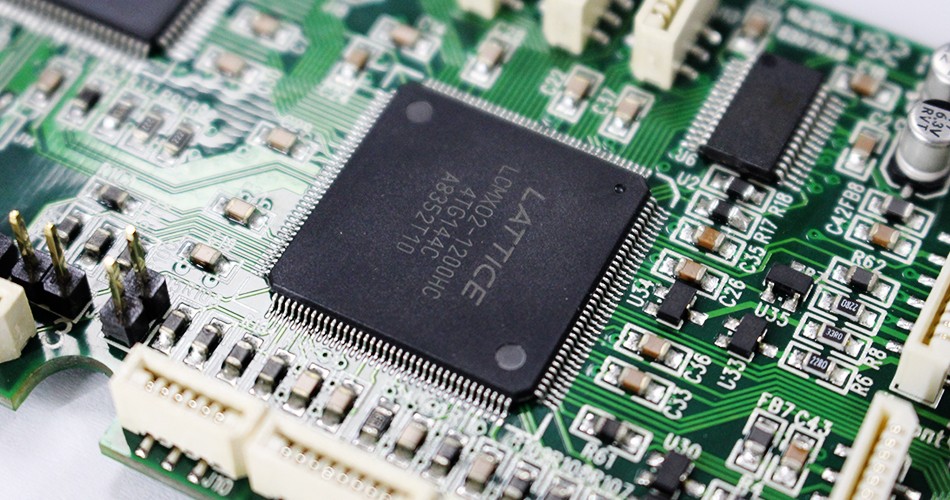- English
- Español
- Português
- русский
- Français
- 日本語
- Deutsch
- tiếng Việt
- Italiano
- Nederlands
- ภาษาไทย
- Polski
- 한국어
- Svenska
- magyar
- Malay
- বাংলা ভাষার
- Dansk
- Suomi
- हिन्दी
- Pilipino
- Türkçe
- Gaeilge
- العربية
- Indonesia
- Norsk
- تمل
- český
- ελληνικά
- український
- Javanese
- فارسی
- தமிழ்
- తెలుగు
- नेपाली
- Burmese
- български
- ລາວ
- Latine
- Қазақша
- Euskal
- Azərbaycan
- Slovenský jazyk
- Македонски
- Lietuvos
- Eesti Keel
- Română
- Slovenski
- मराठी
- Srpski језик
Detailed explanation of the key process steps in PCBA processing
2024-11-12
PCBA processing is one of the key processes in the field of electronic manufacturing, involving multiple links and steps from PCB design to finished product assembly. Below we will analyze the key process steps in PCBA processing in detail to better understand the entire processing process.

1. PCB design and layout
PCB design and layout is the starting point of PCBA processing, which determines the direction and process of subsequent processing. In the design stage, it is necessary to design the PCB board according to the circuit diagram and product requirements, including the layout of components, line connection, size planning, etc. Reasonable design and layout can reduce errors and adjustments in subsequent processing and improve production efficiency.
2. PCB manufacturing and processing
PCB manufacturing and processing is one of the core links of PCBA processing. The first is to make PCB boards, including selecting suitable boards, cutting into specified sizes, and making printed circuit boards. Then the PCB board is chemically treated, such as pickling and electroplating, to enhance conductivity and corrosion resistance. Finally, the PCB board is welded, patched, tested and other processes are carried out to paste the components onto the PCB board and complete the welding.
3. Component mounting and soldering
Component mounting and soldering is one of the key steps in PCBA processing, which directly affects the performance and quality of the product. In this link, various components need to be mounted on the PCB board according to the design requirements, including surface mount components (SMD) and plug-in components (THT). Then soldering is performed by reflow soldering or wave soldering to ensure good connection between components and PCB boards.
4. Quality inspection and debugging
Quality inspection and debugging are key steps to ensure the quality of PCBA products. At this stage, various testing methods such as electrical testing, functional testing, and reliability testing are required to verify the performance and stability of PCBA products. At the same time, debugging is also required to solve possible problems and defects in the product to ensure that the product meets customer requirements and standard requirements.
5. Finished product packaging and delivery
Finally, the finished product packaging and delivery, the PCBA products that have been tested and debugged are packaged, including anti-static packaging, shockproof packaging, etc., to ensure that the product is not damaged during transportation. Then the product is marked, quality inspected, and delivered to the customer. At the same time, the relevant records and documents of the product should be kept for subsequent tracking and maintenance.
Conclusion
The key process steps in PCBA processing involve multiple links such as PCB design and layout, PCB manufacturing and processing, component mounting and welding, quality inspection and debugging, finished product packaging and delivery. Each link is crucial, interrelated, and indispensable. Only by strictly implementing process requirements and quality standards in each link can the quality stability and reliability of PCBA products be guaranteed. I hope this article will help you understand the key process steps of PCBA processing and provide reference and guidance for your production work.
-
Delivery Service






-
Payment Options









